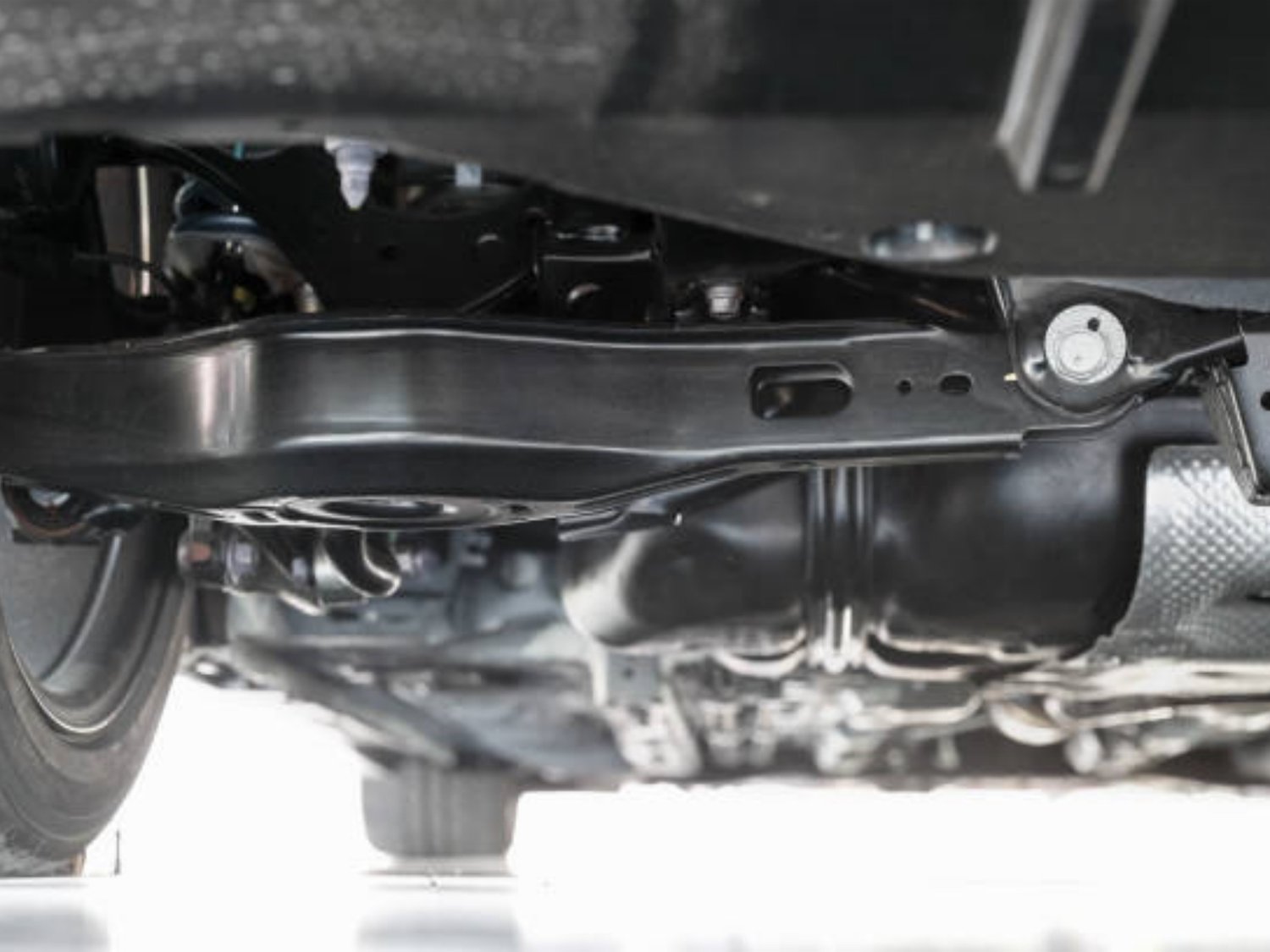steam locomotive leaf springs: A Comprehensive Guide
Understanding the Importance of Steam Locomotive Leaf Springs
Steam locomotives have long been a symbol of the industrial revolution and played a crucial role in shaping the modern transportation landscape. One vital component of these magnificent machines is the leaf spring system. In this article, we will explore the various aspects of steam locomotive leaf springs, including their function, history, and maintenance.
1. What are Steam Locomotive Leaf Springs?
Steam locomotive leaf springs are a type of suspension system that supports the weight of the locomotive and provides a smooth ride over uneven tracks. These springs are made up of multiple layers of steel or composite materials, designed to flex and absorb shocks and vibrations encountered during operation.
2. Functions of Steam Locomotive Leaf Springs
2.1 Load Distribution: One of the key functions of leaf springs is to distribute the weight of the locomotive evenly across the axles, ensuring stability and preventing excessive wear on individual components.
2.2 Shock Absorption: Leaf springs absorb shocks and vibrations caused by uneven tracks, ensuring a comfortable ride for passengers and protecting the locomotive from excessive stress and potential damage.
2.3 Maintaining Wheel Contact: By keeping the wheels in constant contact with the tracks, leaf springs help maximize traction and prevent derailments, especially when navigating curves or negotiating rough terrain.
3. History of Steam Locomotive Leaf Springs
The use of leaf springs in locomotives dates back to the early 19th century when steam engines were first introduced. Initially, these springs were made of wood, but as technology advanced, they were gradually replaced by stronger and more flexible steel springs. Today, composite materials are also used to improve performance and durability.
4. Types of Steam Locomotive Leaf Springs
4.1 Elliptical Springs: Elliptical leaf springs consist of multiple layers of steel or composite material, varying in length and thickness. They are commonly used in locomotives due to their ability to handle heavy loads and provide a smooth ride.
4.2 Semi-Elliptical Springs: Semi-elliptical springs are similar to elliptical springs but have a shorter length. They are commonly found in lighter locomotives or as secondary springs in heavier ones.
4.3 Coil Springs: While less common in steam locomotives, coil springs are occasionally used in specific applications where a higher degree of flexibility is required.
5. Maintenance and Inspection of Steam Locomotive Leaf Springs
Maintaining steam locomotive leaf springs is essential to ensure optimal performance and safety. Regular inspections should be carried out to check for signs of wear, cracks, or deformation. Lubrication of the springs and proper alignment of the components are also crucial to their longevity. If any issues are discovered, it is important to address them promptly to prevent further damage.
6. Preservation and Restoration of Steam Locomotive Leaf Springs
Preserving and restoring historical steam locomotives often involves extensive work on the leaf springs. In cases where original springs are no longer available, replicas need to be manufactured using traditional techniques or modern materials while maintaining historical accuracy.
7. The Future of Steam Locomotive Leaf Springs
With the decline of steam locomotives in commercial use, the future of steam locomotive leaf springs lies primarily in preservation and heritage operations. As technology advances, materials and manufacturing techniques may continue to improve, ensuring the longevity and performance of these iconic machines for future generations to enjoy.
8. Conclusion
Steam locomotive leaf springs play a vital role in the operation and maintenance of these magnificent machines. From their historical significance to their essential functions, understanding the importance of leaf springs is crucial for enthusiasts, historians, and preservationists alike. By preserving and maintaining these components, we can ensure the legacy of steam locomotives continues to be celebrated and appreciated.

